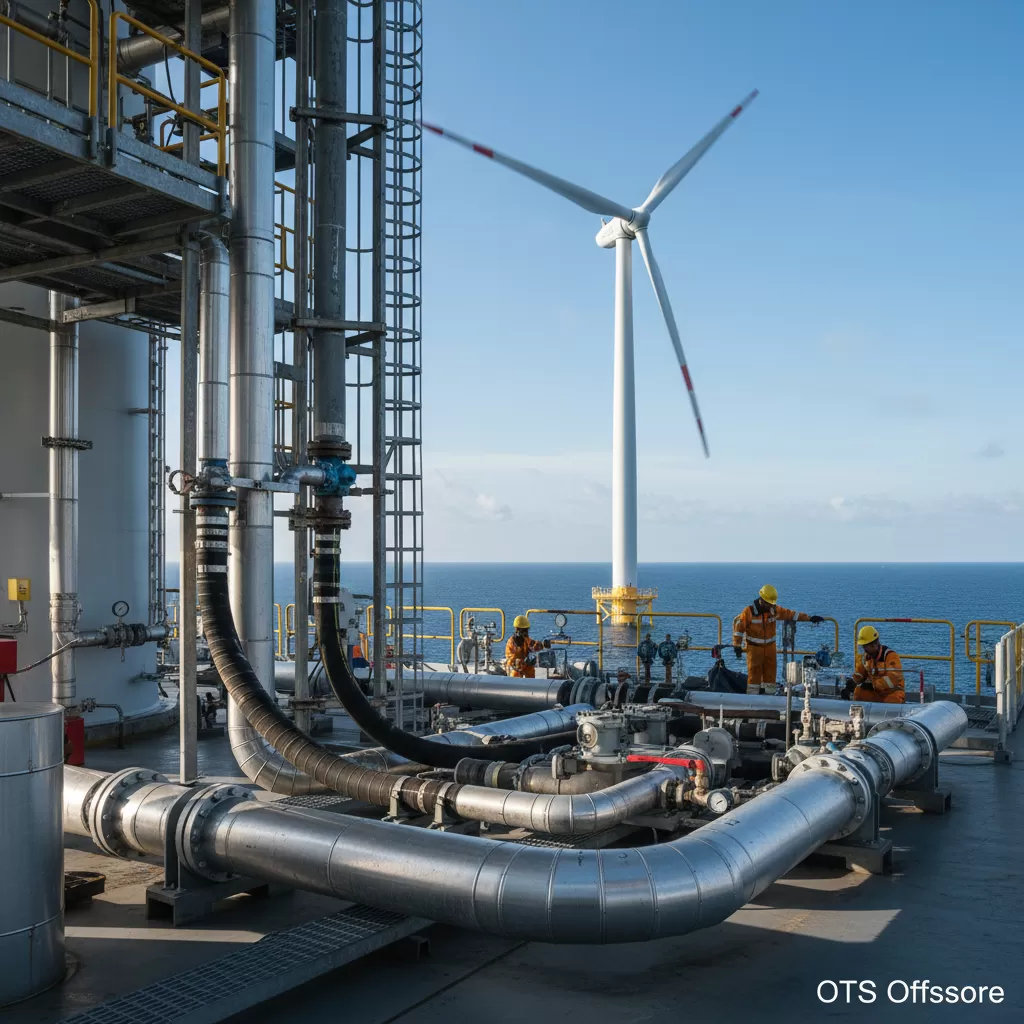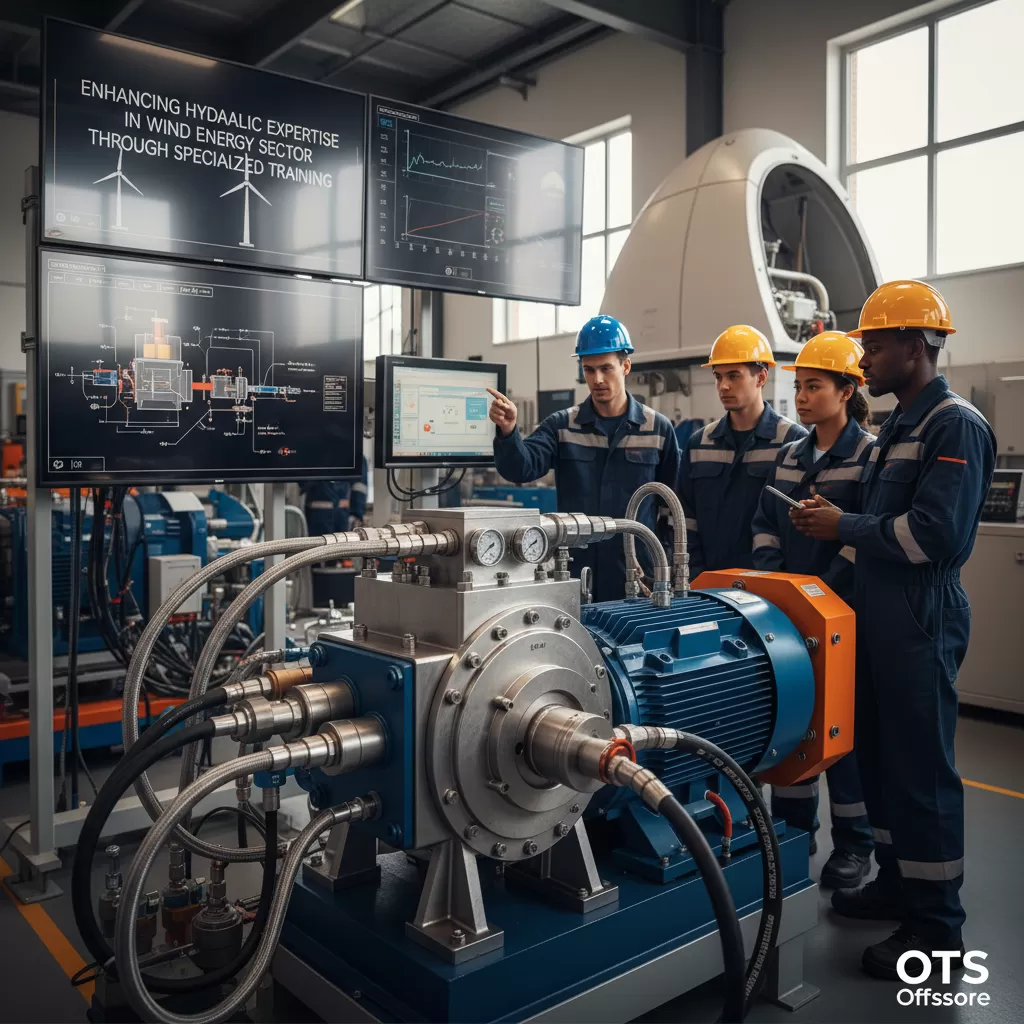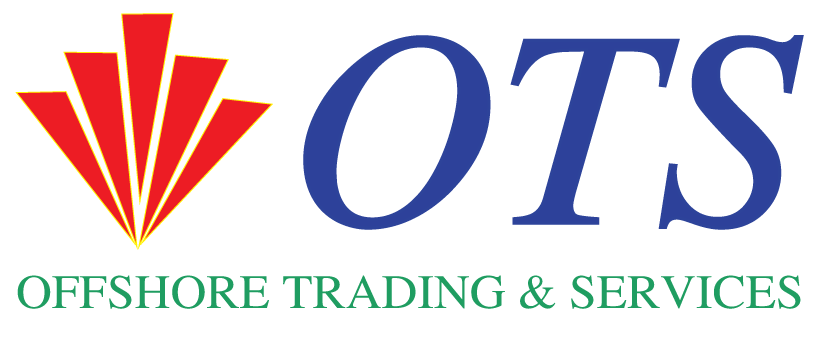This article delves into the critical role of specialized training in enhancing hydraulic expertise within the dynamic wind energy sector. It highlights how robust hydraulic systems are foundational to turbine performance and longevity, and how targeted educational programs are essential for developing the skilled workforce required to maintain and optimize these complex components, ultimately contributing to the sustainability and efficiency of renewable energy generation.
The Imperative of Enhancing Hydraulic Expertise in Wind Energy
In the rapidly evolving landscape of renewable energy, particularly within the wind power industry, the significance of robust and efficient hydraulic systems cannot be overstated. These systems are the lifeblood of wind turbine operations, responsible for a multitude of critical functions including pitch control, yaw adjustment, braking mechanisms, and lubrication. As wind turbines grow in size and complexity, so too does the demand for specialized knowledge in hydraulic engineering and maintenance. Enhancing hydraulic expertise is therefore not merely an operational advantage but a fundamental necessity for ensuring the reliability, safety, and economic viability of wind farms. Without a deep understanding of hydraulic principles, system design, troubleshooting, and preventative maintenance, operators face increased risks of component failure, costly downtime, and reduced energy output. This focus on enhancing hydraulic expertise directly impacts the overall performance and longevity of wind energy assets, playing a pivotal role in the sector’s continued growth and its contribution to global decarbonization efforts. The ability to effectively manage and maintain these sophisticated hydraulic powertrains is a key differentiator for successful wind energy enterprises.
Understanding the Core of Wind Turbine Hydraulics
The hydraulic systems employed in wind turbines are intricate networks of pumps, valves, cylinders, accumulators, reservoirs, and fluid conduits. Their primary function is to transmit power and control motion with precision and responsiveness. Pitch control, for instance, relies on hydraulics to adjust the angle of the turbine blades, optimizing energy capture in varying wind conditions and facilitating shutdown in extreme weather. Yaw systems use hydraulics to orient the turbine nacelle towards the wind, maximizing energy production. Braking systems, also often hydraulic, are essential for safely stopping the rotor during maintenance or emergency situations. Furthermore, hydraulic power is frequently utilized for lubrication, ensuring smooth operation and reducing wear on critical components like gearboxes. The complexity of these systems demands a workforce possessing specialized knowledge, not just in general mechanical principles, but specifically in fluid power engineering. This includes understanding fluid dynamics, material compatibility, sealing technologies, and the specific operational demands imposed by the harsh marine or terrestrial environments in which turbines operate. A thorough grasp of these hydraulic fundamentals is the bedrock upon which effective maintenance and operational strategies are built.
The Interplay of Hydraulics and Turbine Performance Metrics
The performance of a wind turbine is intricately linked to the efficiency and reliability of its hydraulic subsystems. Precise control over blade pitch, facilitated by well-maintained hydraulics, directly influences the turbine’s ability to generate optimal power across a wide range of wind speeds. Inaccurate pitch adjustments due to hydraulic malfunctions can lead to suboptimal energy capture, reducing the overall yield of the wind farm. Similarly, responsive and effective yaw control ensures the turbine remains optimally aligned with the wind direction, maximizing its power generation potential. Hydraulic braking systems, when functioning flawlessly, are critical for safety and preventing mechanical damage during rapid deceleration or emergency stops. Moreover, the quality of hydraulic fluid and the integrity of the sealing systems play a crucial role in preventing leaks and contamination, which can lead to system degradation and premature component wear. The operational integrity of the hydraulic system directly impacts key performance indicators such as the capacity factor, availability, and ultimately, the levelized cost of energy (LCOE) for the wind farm. Therefore, investing in enhancing hydraulic expertise translates directly into tangible improvements in these critical performance metrics.

The Need for Specialized Training to Foster Expertise
The sophistication of modern wind turbine hydraulic systems necessitates a departure from generalized mechanical training. While a foundational understanding of mechanics is beneficial, the specific nuances of fluid power applications in this industry require tailored educational pathways. Generic training programs often fail to address the unique challenges, such as extreme operating temperatures, high pressures, specific fluid types, and the demanding maintenance schedules inherent in wind energy operations. Specialized training provides technicians and engineers with the in-depth knowledge and practical skills required to effectively diagnose, repair, and maintain these systems. This includes understanding specific control strategies, the use of specialized diagnostic equipment, and best practices for fluid management and contamination control. Without such targeted education, teams may struggle with troubleshooting complex issues, leading to prolonged downtime and increased repair costs. The development of specialized curricula that cover topics like hydraulic system design for wind turbines, advanced fault diagnosis, condition monitoring techniques, and safe working practices in high-pressure environments is paramount. This focused approach ensures that personnel are equipped to handle the intricacies of wind turbine hydraulics, thereby enhancing overall operational efficiency and safety.
Key Areas of Focus for Wind Turbine Hydraulic Training Programs
Effective training programs for enhancing hydraulic expertise in the wind energy sector should encompass a comprehensive range of subjects. These programs need to be designed to address both theoretical understanding and practical application.
– Foundational hydraulic principles: A strong grasp of fluid mechanics, thermodynamics, and the physics of fluid power is essential. This includes understanding pressure, flow, viscosity, and the behavior of hydraulic fluids under varying conditions.
– System components and their functions: Detailed knowledge of pumps (variable displacement piston, gear, vane), motors, valves (directional control, pressure control, flow control), cylinders, accumulators, filters, and heat exchangers specific to wind turbine applications is crucial. Understanding their operational parameters, failure modes, and maintenance requirements is paramount.
– Hydraulic fluid technology: Training should cover the properties of hydraulic fluids, their selection based on operating conditions, contamination control, fluid analysis techniques, and the environmental impact of fluid choices.
– Control systems and instrumentation: An in-depth understanding of electro-hydraulic control systems, proportional valves, servo valves, and the use of sensors for pressure, flow, and temperature monitoring is vital for modern turbines.
– Troubleshooting and diagnostics: Developing advanced diagnostic skills is a cornerstone of effective training. This involves learning to interpret system schematics, utilize diagnostic tools (e.g., pressure gauges, flow meters, data acquisition systems), and employ logical troubleshooting methodologies to identify root causes of failures.
– Preventative and predictive maintenance: Training should emphasize proactive maintenance strategies, including scheduled inspections, fluid condition monitoring, leak detection, and the implementation of predictive maintenance techniques to anticipate and prevent failures before they occur.
– Safety procedures: Rigorous training on safe handling of hydraulic systems, working at heights, lockout/tagout procedures, and the specific hazards associated with high-pressure hydraulic systems is non-negotiable.
– Manufacturer-specific systems: As different turbine manufacturers utilize varying hydraulic designs and components, training that addresses specific models and configurations is highly beneficial.
By covering these key areas, specialized training programs can effectively equip professionals with the comprehensive knowledge and skills needed to excel in the field of wind turbine hydraulics, thereby contributing to enhanced operational reliability and performance.
Bridging the Skills Gap Through Targeted Education
The wind energy industry is experiencing rapid growth, leading to a significant demand for skilled personnel. A notable gap exists between the number of available technicians and engineers with the specialized hydraulic expertise required to manage increasingly complex turbine systems. Targeted educational initiatives, including vocational training, university-level courses, and manufacturer-led certification programs, are essential for bridging this skills gap. These programs should be developed in close collaboration with industry stakeholders to ensure that the curriculum remains relevant and addresses the most pressing needs of the sector. Furthermore, continuous professional development is crucial, as hydraulic technologies and turbine designs are constantly evolving. Offering refresher courses, advanced modules on emerging technologies, and opportunities for hands-on experience with the latest equipment will ensure that the workforce remains at the forefront of hydraulic engineering in the wind energy domain. The investment in such specialized education directly contributes to a more competent, efficient, and safer workforce.
The Role of Simulation and Hands-on Training
Enhancing hydraulic expertise demands a blended learning approach that combines theoretical knowledge with practical, real-world application. Simulation technologies offer a safe and controlled environment for trainees to practice troubleshooting complex hydraulic scenarios without the risk of damaging expensive equipment or compromising operational safety. Virtual reality (VR) and augmented reality (AR) can provide immersive experiences, allowing individuals to interact with virtual hydraulic systems, identify components, and perform diagnostic procedures. Alongside simulation, hands-on training on actual turbine components or dedicated training rigs is indispensable. This allows trainees to develop tactile skills, gain experience with specialized tools and diagnostic equipment, and understand the physical intricacies of hydraulic connections, component installation, and repair procedures. The combination of simulated environments and practical experience ensures that graduates of these training programs are not only knowledgeable but also confident and competent in their ability to perform essential tasks in the field. This dual approach is critical for building a robust and capable hydraulic workforce.

Impact of Enhanced Hydraulic Expertise on Operational Efficiency and Cost Reduction
The direct correlation between enhanced hydraulic expertise and improved operational efficiency is a compelling argument for prioritizing specialized training. Technicians and engineers with a deep understanding of hydraulic systems can identify potential issues before they escalate into major failures. This proactive approach minimizes unplanned downtime, which is a significant cost driver in the wind energy sector. Reduced downtime translates directly into increased energy generation and, consequently, higher revenue. Furthermore, competent personnel can perform maintenance tasks more efficiently and effectively, reducing the time and resources required for repairs. This can involve optimizing fluid management, ensuring proper component installation and calibration, and employing advanced diagnostic techniques that pinpoint the root cause of a problem quickly. The ability to extend the lifespan of hydraulic components through proper maintenance and timely interventions also contributes to significant cost savings, deferring expensive replacement cycles. Ultimately, a highly skilled hydraulic workforce empowered by specialized training leads to a more reliable, productive, and economically viable wind energy operation.
Future Trends in Wind Turbine Hydraulics and the Evolving Training Needs
The wind energy sector is characterized by continuous innovation, and hydraulic systems are no exception. Future trends indicate a move towards more integrated and intelligent hydraulic solutions. This includes the increasing use of advanced sensors for real-time condition monitoring, the development of smart control algorithms that optimize hydraulic performance based on predictive analytics, and potentially, the exploration of alternative fluid technologies with improved environmental profiles. As turbines continue to grow in size and operational complexity, the demands on hydraulic systems will only increase. Consequently, training programs must evolve to incorporate these emerging technologies and methodologies. This will involve training on data analytics for hydraulic systems, understanding the principles of Industry 4.0 and its application to hydraulic maintenance, and the ability to work with highly sophisticated electronic and software interfaces that control hydraulic functions. The ongoing development of more modular and standardized hydraulic components may also necessitate training on efficient assembly and interchangeability. Staying ahead of these trends through adaptive and forward-looking training initiatives is crucial for maintaining a leading edge in hydraulic expertise within the wind energy industry.
The Strategic Advantage of a Well-Trained Hydraulic Workforce
Investing in enhancing hydraulic expertise is not merely an operational expenditure; it is a strategic imperative for wind energy companies. A highly skilled hydraulic workforce provides a significant competitive advantage by ensuring the reliability and optimal performance of turbine assets. This leads to higher energy yields, reduced operational costs, and improved overall profitability. Moreover, a strong safety record, fostered by comprehensive training, enhances a company’s reputation and reduces the risk of costly accidents and regulatory penalties. In an industry increasingly driven by sustainability and efficiency, companies that prioritize the development of their human capital in specialized areas like hydraulics are better positioned for long-term success. This commitment to continuous learning and skill enhancement fosters a culture of excellence and innovation, ensuring that the wind energy sector can effectively meet the growing global demand for clean, renewable power. The strategic value of this expertise extends to improved decision-making regarding equipment selection, maintenance planning, and operational strategies, all of which contribute to the sustained growth and success of the industry.








